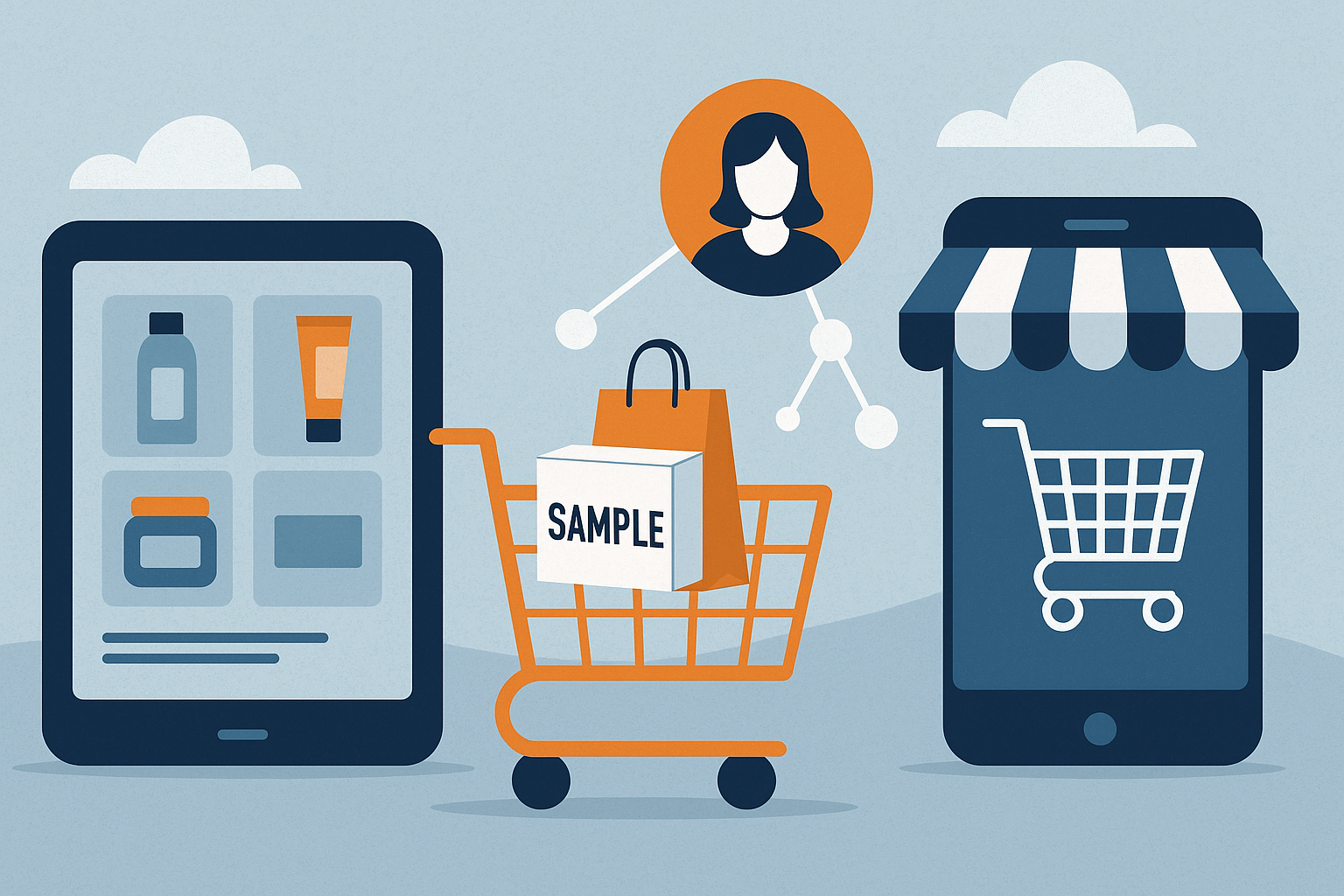
The Role of Product Sampling in Omnichannel Marketing Strategies
In today’s digital-first marketplace, consumers engage with brands across a multitude of channels—online, in-store, through social media, via email, and more. To thrive in this landscape, brands must create seamless and personalized experiences that span every touchpoint. This is where omnichannel marketing shines. And one of the most powerful, often underestimated tools in an omnichannel marketer’s toolkit is product sampling.
Product sampling, once confined to in-store events or direct mailers, has evolved into a highly strategic, data-driven, and tech-enhanced approach. When integrated into an omnichannel strategy, it doesn’t just drive trial—it fuels engagement, trust, conversion, and long-term brand loyalty.
What Is Omnichannel Marketing?
Omnichannel marketing is a strategy that integrates all of a brand’s channels—digital and physical—into one cohesive customer experience. Unlike multichannel marketing, which simply operates across multiple platforms, omnichannel marketing ensures these channels are interconnected and provide a consistent brand message.
This could mean a customer receives a product sample at home, learns about it on social media, redeems a discount online, and later makes a purchase in-store—all with seamless brand continuity.
The Evolution of Sampling in a Multi-Channel World
Traditionally, sampling meant handing out products in supermarkets or mailing trial sizes to select customers. But with consumers now active on so many platforms, brands have had to innovate.
AI-driven sampling programs like Samplify enable brands to target the right consumer, in the right place, at the right time—be it via Instagram promotions, eCommerce inserts, influencer unboxings, or mobile app integrations. This evolution makes product sampling a flexible asset that can align with every channel in your omnichannel framework.
1. Personalization at Scale
AI and machine learning have transformed product sampling into a data-rich experience. Today’s solutions can analyze consumer behavior across platforms and tailor sample offers accordingly. For example, a health-conscious consumer browsing fitness blogs might be offered a protein bar sample via an Instagram ad, while another might get a skincare sample based on their YouTube watch history.
These personalized touches increase relevance, boost conversion, and reinforce brand credibility across each touchpoint.
2. Unifying Online and Offline Experiences
Omnichannel marketing succeeds when online and offline interactions feel like one fluid conversation. Sampling programs can act as a bridge.
For instance, a sample sent by mail might come with a QR code leading to a digital coupon or exclusive video content. Or a consumer who visits a retail store might receive a personalized offer via a mobile app, encouraging them to complete a purchase online.
This continuity strengthens brand recall and increases the chances of turning trials into conversions.
3. Leveraging Influencers and Social Proof
Social media plays a crucial role in omnichannel strategies. When product samples are paired with influencer campaigns or user-generated content, their impact multiplies. Consumers trust peer recommendations far more than traditional ads.
Encouraging customers to post about their sampling experience on TikTok or Instagram not only increases reach but also feeds back into the brand’s digital channels, amplifying word-of-mouth and enriching the brand experience across platforms.
4. Measurement and Optimization
Modern sampling programs provide detailed performance data. Brands can track which channels drove sample redemption, which consumers became repeat buyers, and how sample recipients engaged with the brand afterward.
This intelligence allows marketing teams to optimize future campaigns—adjusting targeting, timing, messaging, and even the sampling format—making omnichannel efforts more agile and ROI-focused.
5. Enhancing Retargeting Efforts
Sampling provides a great entry point into the customer journey. Once a consumer accepts a sample, brands can retarget them with follow-up content—such as testimonials, usage tips, reviews, or exclusive offers—across email, display ads, and social channels.
This not only nurtures the consumer post-trial but also increases the likelihood of long-term engagement and loyalty.
6. Building Brand Trust Across Channels
Sampling is a tangible demonstration of a brand’s confidence in its product. When executed well, it allows consumers to experience value firsthand, creating trust. Integrating this moment into an omnichannel approach—supported by informative content, consistent messaging, and frictionless purchase paths—builds emotional and rational connections that endure.
Conclusion
In the era of omnichannel marketing, product sampling is no longer a siloed tactic—it’s a strategic powerhouse that drives engagement, builds trust, and delivers results across multiple consumer touchpoints. By leveraging AI, data, and creative content distribution, brands can elevate sampling into a full-funnel experience that speaks to modern consumer behavior.
Whether you’re launching a new product or reinvigorating interest in a legacy brand, integrating product sampling into your omnichannel strategy is a smart move that aligns with how consumers discover, try, and buy today.